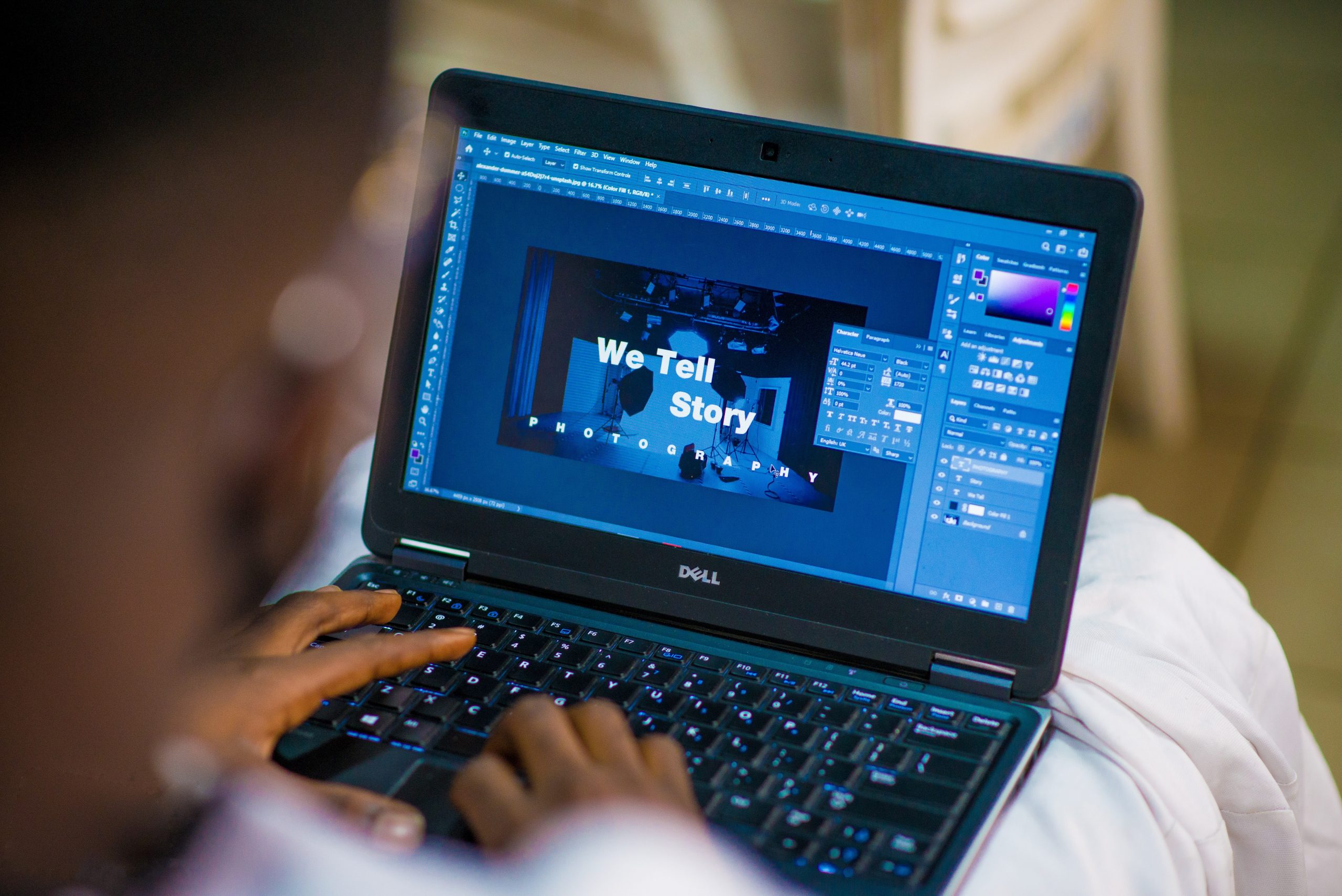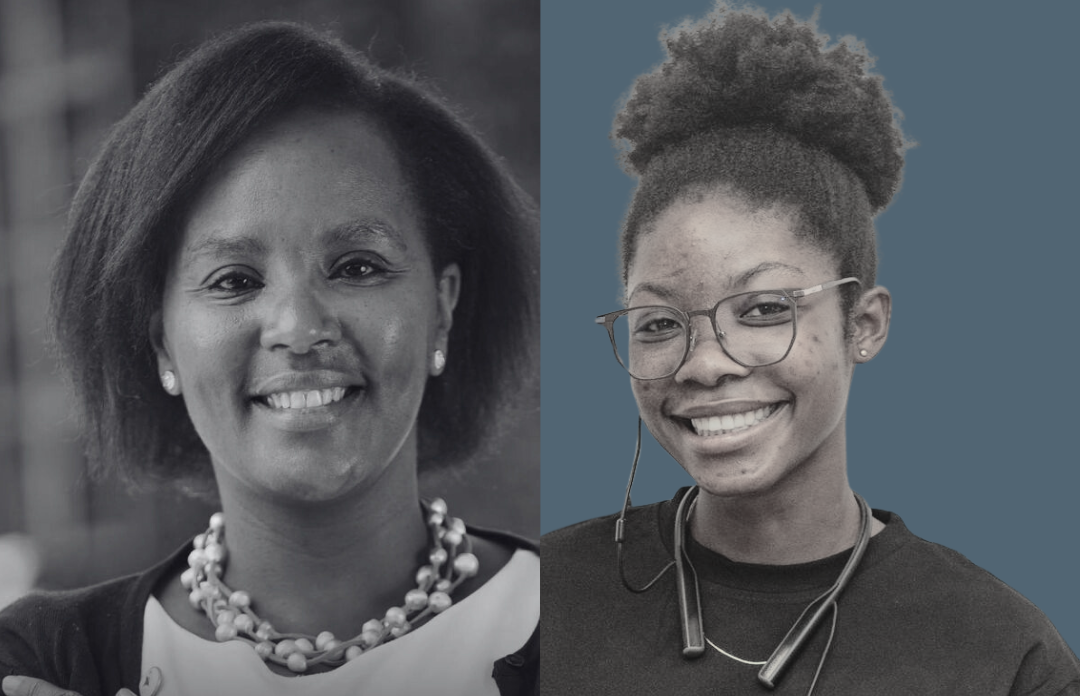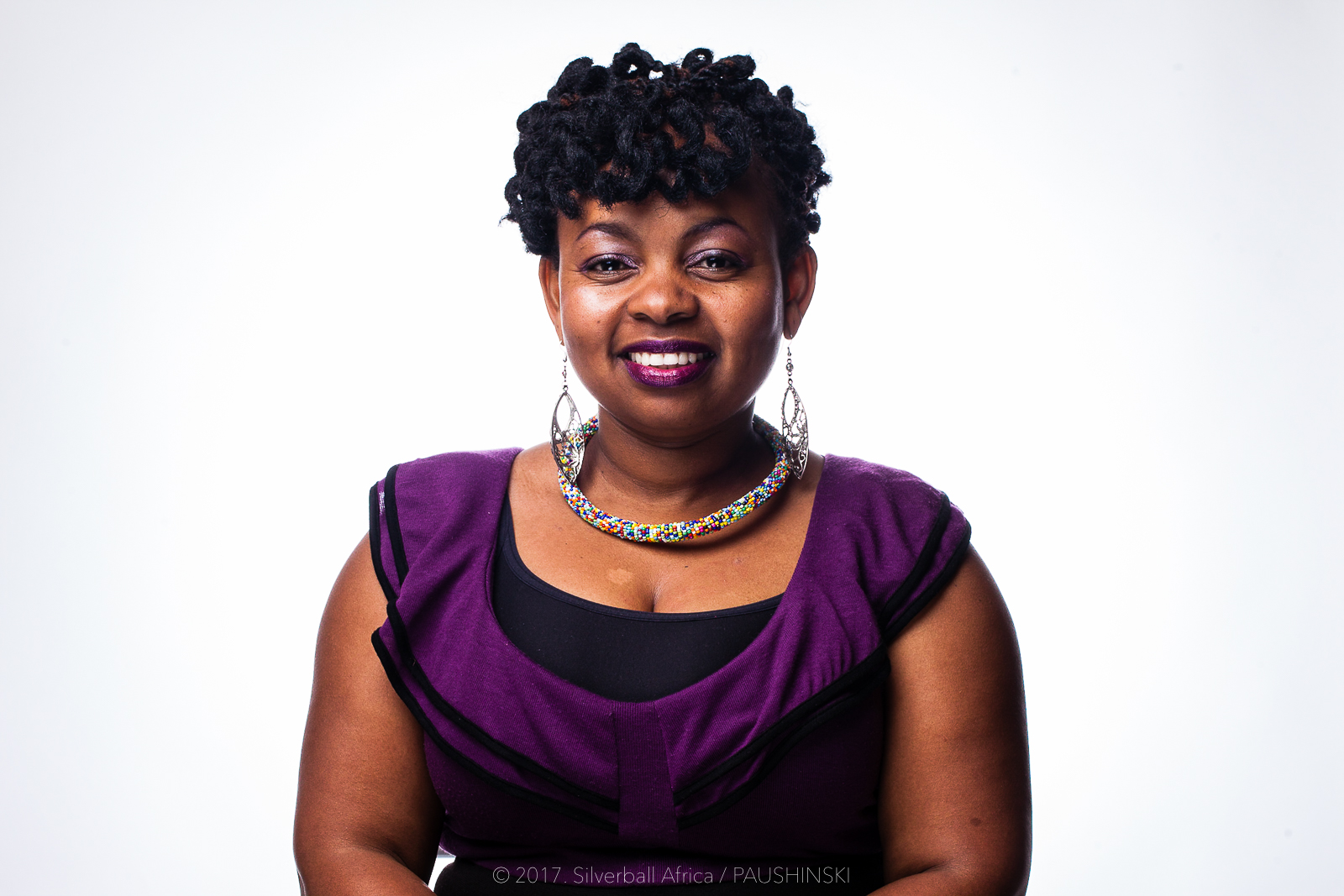According to research conducted by 3M, the human brain processes visuals 60,000 times faster than text while 90% of information transmitted in the human brain is visual. Visual content is undoubtedly more popular with consumers and continues to be a core element in aiding communication. Organizations continue to invest in visual content for maximum engagement with their audiences. To do this, communication teams engage creatives for content development.
As Communications and PR professionals, we have interacted with creatives at some point. Some engagements may be pleasant while others have not gone as well as we had hoped. With this in mind, how best can communications professionals collaborate with creatives to achieve the best results for the business? Here’s how.

Provide Clarity
In assigning tasks, provide extensive details in the creative brief and if possible, have a face to face engagement to aid the designer in understanding the rationale for the project, the proposed solution and how they fit in the execution of the project. This helps the designer understand the bigger picture and deliver based on the expectations.
The devil is in the details. Asking a designer to simply design a poster could be interpreted a thousand different ways. Who is the intended audience? What is the channel of dissemination? Is it for print or digital platforms? Without clarity the output will not meet the expectations.
Apart from the creative brief, another way to give clear instructions is by identifying if you’re looking for inspiration or execution. Inspiration means you’re not sure what you want. So you give a rough idea and the creative presents options to pick from. Execution means you want the creative to execute one idea. So no need to go into brainstorming mode. With this clarity up front, it helps creatives avoid wasting time by developing unnecessary concepts.
Make an effort to understand their Craft
Design is a process; not an instant solution. Professionals working with designers who do not understand the design process may experience frustration with the output of the work or delivery timelines.
Design takes time, including ideation which involves research, development, evaluation, and application of the concepts. In some instances, designers develop several versions of the final product before submission.
In understanding how much time, effort and skill it takes to create exceptional artwork. leaders gain an appreciation for the skill and the role it plays in driving communication goals.
Provide Actionable Feedback
We’ve probably heard some of the phrases creatives and more specifically graphic designers hate to hear are ‘I don’t like it’, ‘It shouldn’t take long’, ‘I can’t really explain what I’m looking for, but I’ll know it when I see it.”
Feedback is a natural part of the design process that is essential in continuous improvement and refinement of ideas. The phrases above are not actionable; they prominently highlight there’s a problem but do not give specific details of the problem.
Actionable feedback focuses on specific feedback that clearly outlines what needs to be improved and the direction moving forward. Here’s how.
‘I don’t like it’: Design can be subjective, what one person likes; another will dread. When creatives take up a project, they put their best foot forward based on the understanding of the creative brief. ‘I don’t like it’ is not actionable feedback as the creative does not know what immediate action to take. To make it easier, give specific details such as, change the typeface/ image/ copy. With this kind of feedback, creatives are able to act upon immediately to improve the quality of their current and future design projects.
‘It shouldn’t take long’: Design is a process. When providing actionable feedback on design projects, be sure to also ask how long it will take to implement them. What one may think requires a few minutes may actually require hours. This is the case particularly when it comes to design of publications such as reports, magazines and books where a change in additional content for instance has a ripple effect on the layout of the entire publication. Great designs take time, effort and planning. If you are asking for changes, no matter how small they may seem, let your designer share how much time it will take to implement them.
“I can’t really explain what I’m looking for, but I’ll know it when I see it.’: This statement does not provide any sense of direction for the design project. To save time and effort of the creative team, detail the expectations in the creative brief and in addition, select samples of work you like. Show your creative team what you like and what you don’t like. This gives insight into what is expected of the design project.
Avoid ‘Design by Committee’
Having a committee giving their input in design concepts leaves creatives with a dozen different opinions to balance. Eventually this leads to obscuring of the design concept. To ensure effective delivery of your creative teams, assign a project lead who is conversant with the subject to manage decisions touching on design projects.
Build Trust and Give Praise
By hiring a professional, the organization trusts the skills and experience of creatives will deliver for the organization. By the time a designer submits work for review, they have done the work. From ideation which involves research, development, evaluation, and application of the concepts. They have considered how all design elements come together to communicate a visually appealing and cohesive message.
Trust the competence of your creative team; that by bringing them onboard, they have a good understanding of what they are doing. There’s no better way of showing people they are valued than by complimenting their work. A compliment goes a long way in enhancing motivation for any individual.
With clarity in expectations and actionable feedback, your creative team feels valued and are able to deliver beyond expectations. As a creative these are some of the ways I find helpful in working with communications, PR and branding professionals. What are some of the tips you use to ensure you get the best from your creatives?





